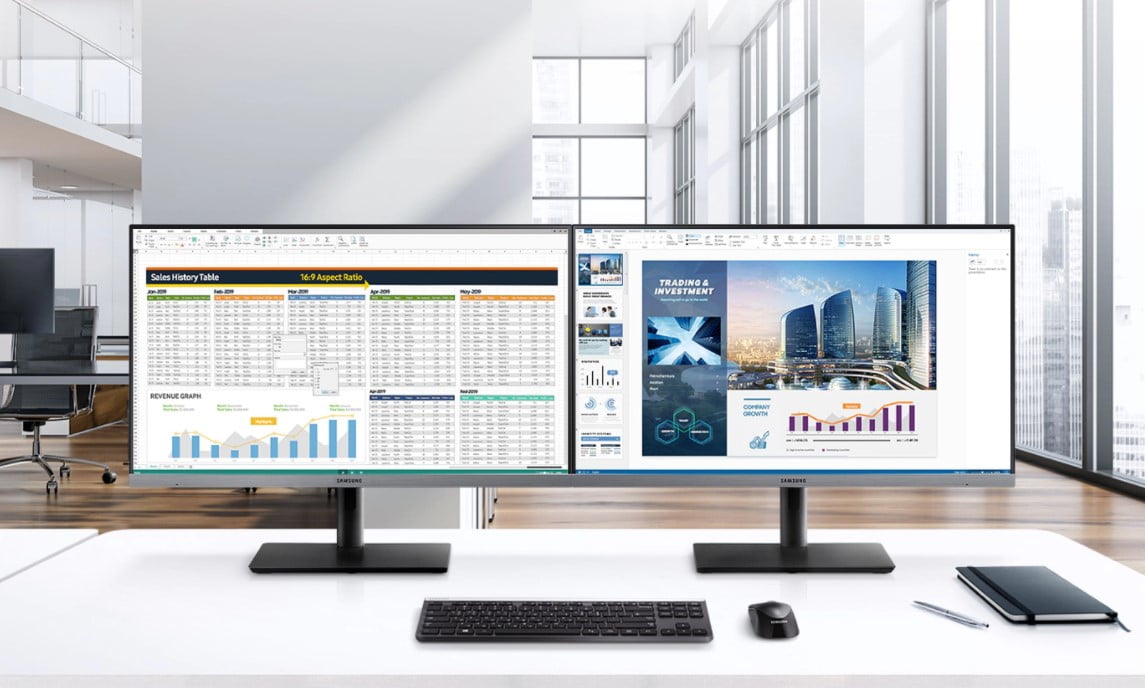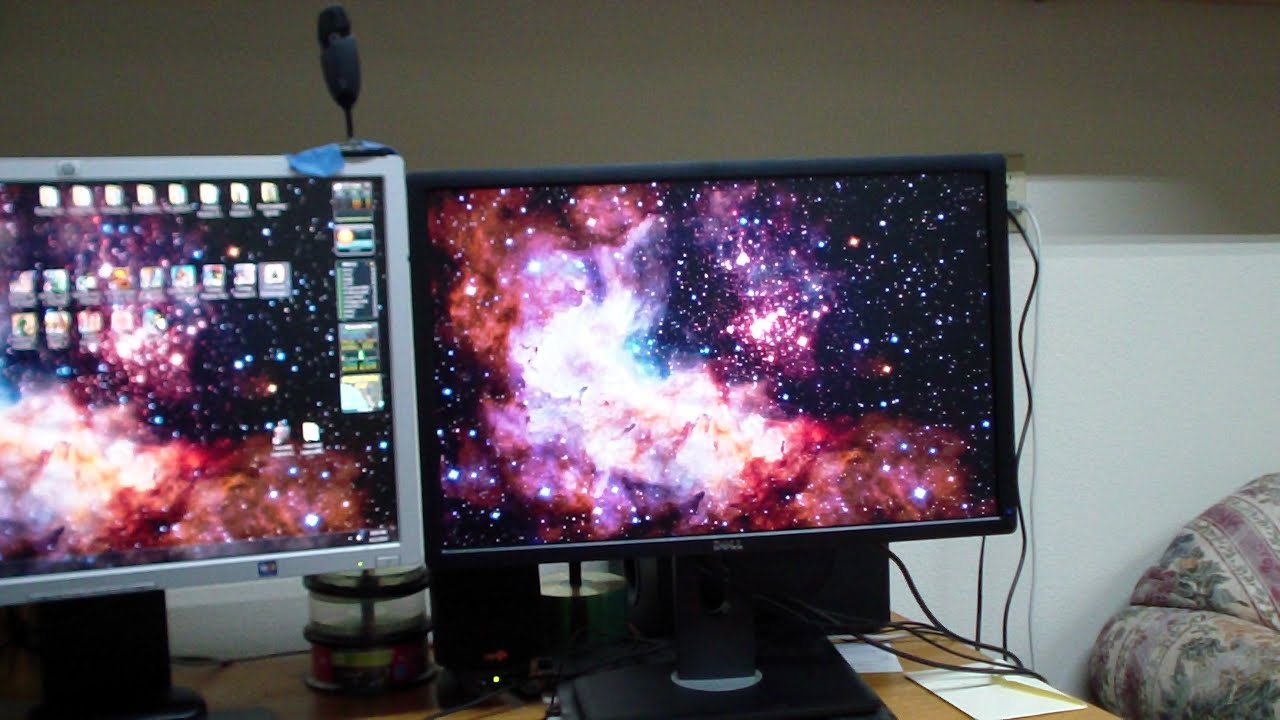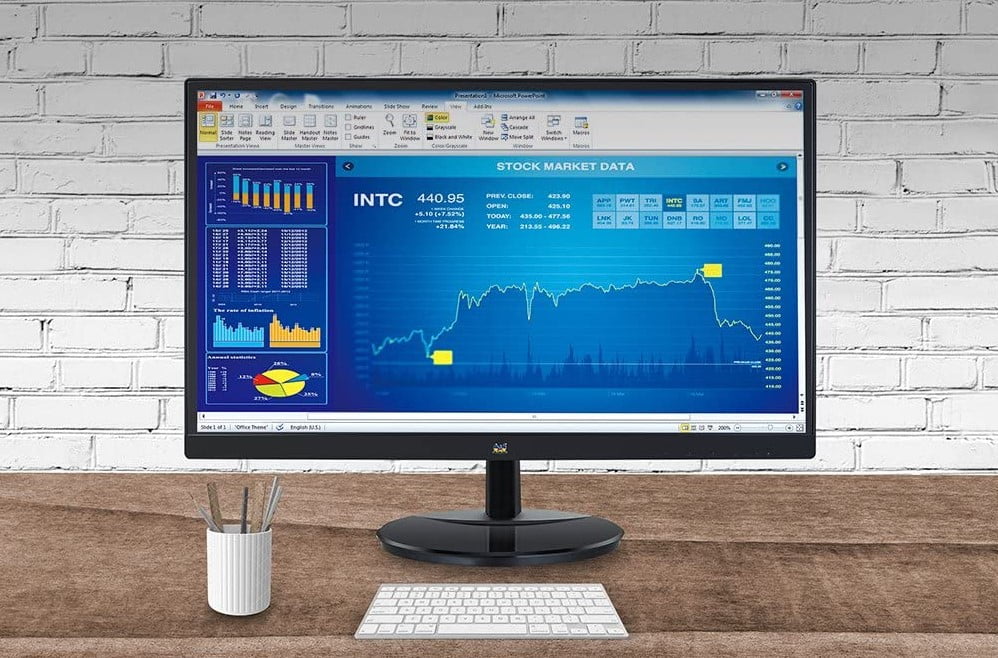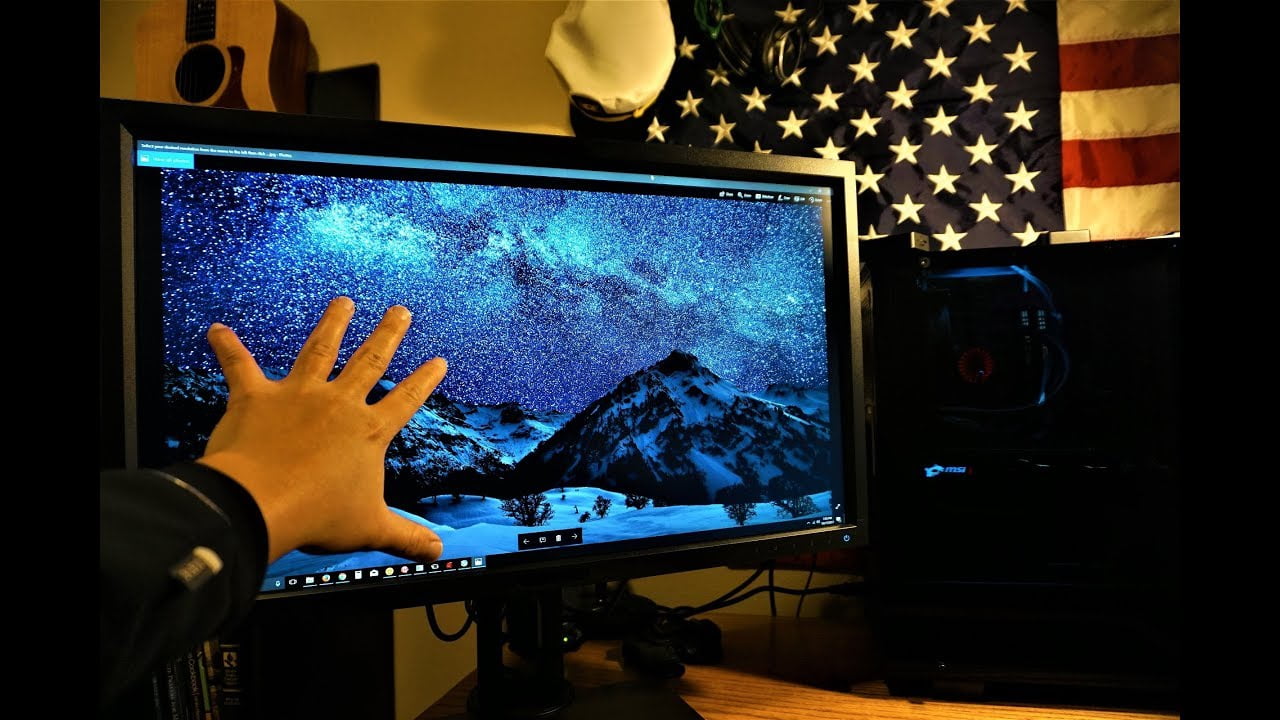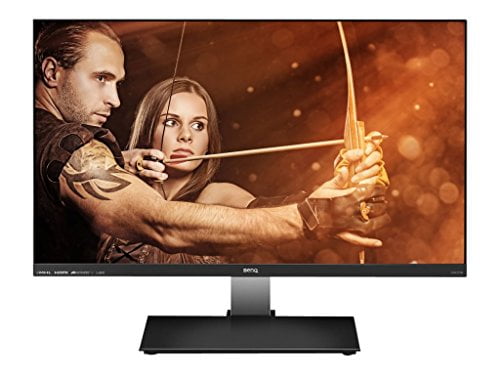If you have been shopping for a gaming monitor, you may be considering video cards vs graphics cards. The best gaming monitors tend to feature one or the other. What are they and how do they differ? Keep reading to find out.
KEY TAKEAWAYS:
- Many people conflate the terms video cards and graphics cards, though there are some significant differences.
- Graphics cards tend to be used for gaming, thanks to the heavy graphical load required, while video cards tend to be used for creative tasks like video editing.
- Modern graphics and video cards tend to include their own CPU, RAM electronic circuit, and power supply.
Difference Between Video Cards and Graphics Cards
Video cards and graphics cards are both pieces of computer hardware that interpret the signal from the CPU and send it to your best 75Hz monitor. The major difference between the two is the types of computers they come with. Graphics cards tend to be used for the integrative graphics found in demanding computer games, so you’ll find them in gaming PCs. Video cards, while similar, are primarily designed for video signals, and not graphics. As such, you’ll find them with PCs aimed toward creative professionals, such as video editors and photo editors. These creative pros may also consider sRGB vs Adobe RGB.
Insider Tip
If you are planning on playing newly released computer games, opt for an expansion card with the latest specs.
Some modern computers, however, include hybrid chips that feature a video card and a graphics processing unit (GPU) that offer decent gaming performance and video memory performance. Here are some more differences between the two types of chips.
Power Draw
Both graphics cards and video cards draw power from the PC, though video cards tend to draw more power, occasionally requiring their own dedicated power supply. High-end video cards will typically include their own power supply and power cable, the latter plugging into the card itself. Some ultra-high-end graphics cards also draw a lot of power and may also include their own power supply and cable.
System Resources
Old-school video-based cards and graphics cards are used to pull resources directly from the PC, straining the CPU and taxing the RAM in the process. Modern cards, however, have fixed this problem by including integrated CPUs and even some RAM right on the card itself. This helps the card remain self-sufficient so your computer’s resources can be used elsewhere, making for a great piece of hardware. Also, many modern cards include integrated cooling systems and fans.
Onboard Cards
If a graphics card is built into the CPU, it is known as an integrated graphics card or onboard card. However, many graphics cards are made to fit into an expansion slot, via a PCI express slot. Generally speaking, an expansion card will be more powerful than an integrated graphics card. Also, a video-based card is usually integrated and not available in an expansion format.
F.A.Q.S
Port and preferences: what connections should my graphics card have?
When it comes to connections on modern graphics cards, look for a decent amount of processing power, a dedicated central processing unit, and decent overall specs.
What is the difference between a GPU and a graphic card?
The main difference is semantics. A GPU is the part of a graphics card that performs the actual processing.
So, which graphics card should I buy?
You should buy whatever graphics card is right for your needs. Look for a dedicated graphics card that can handle the demands of your chosen display device. Beware, as high-end cards are expensive.
STAT: As of the second quarter of 2021, Intel was the biggest vendor in the PC GPU market worldwide, occupying 68.3 percent of the market. AMD, which has shipped over 500 hundred million GPUs since 2013, occupied 16.5 percent of the market, whilst Nvidia took a market share of 15.2 percent. (source)
REFERENCES:

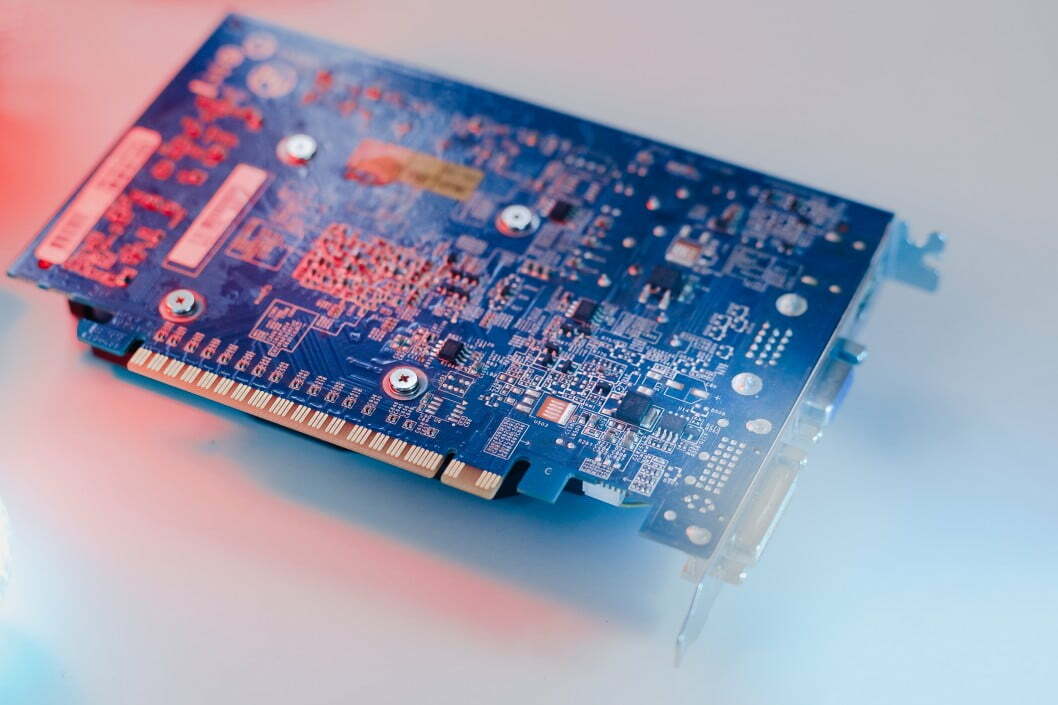



























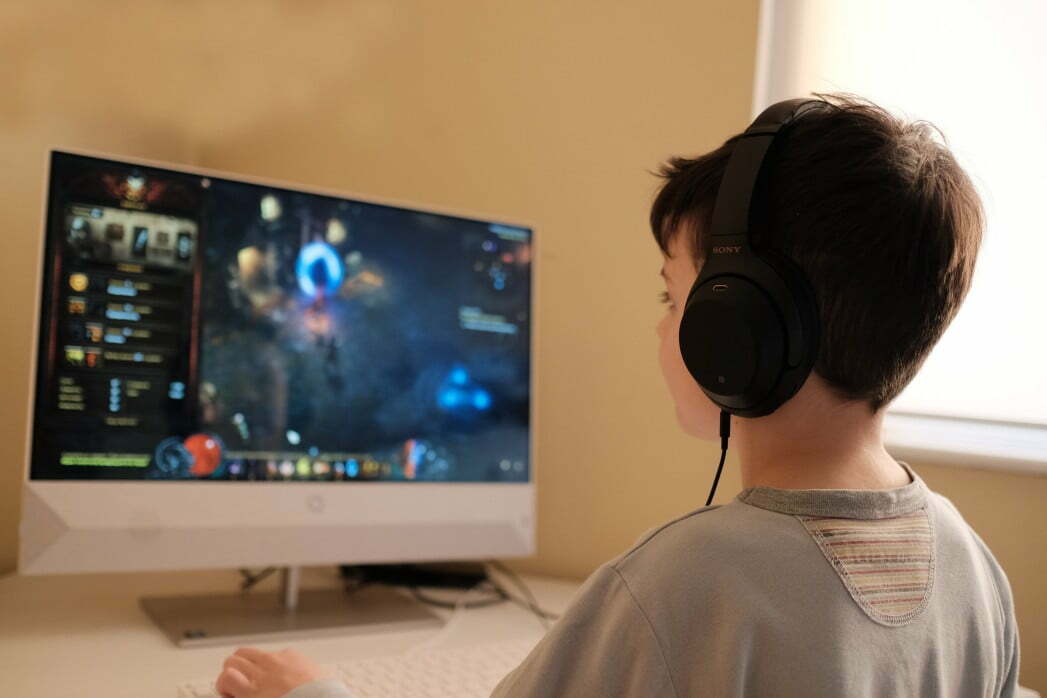
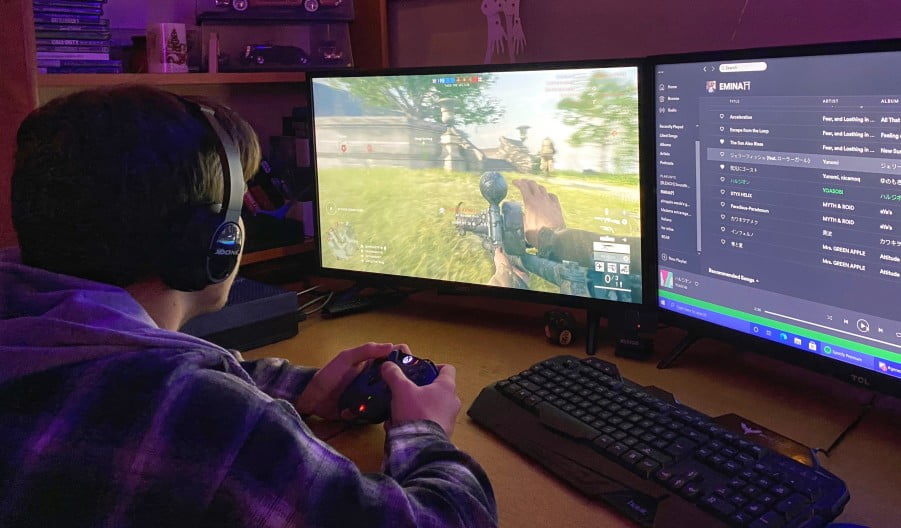
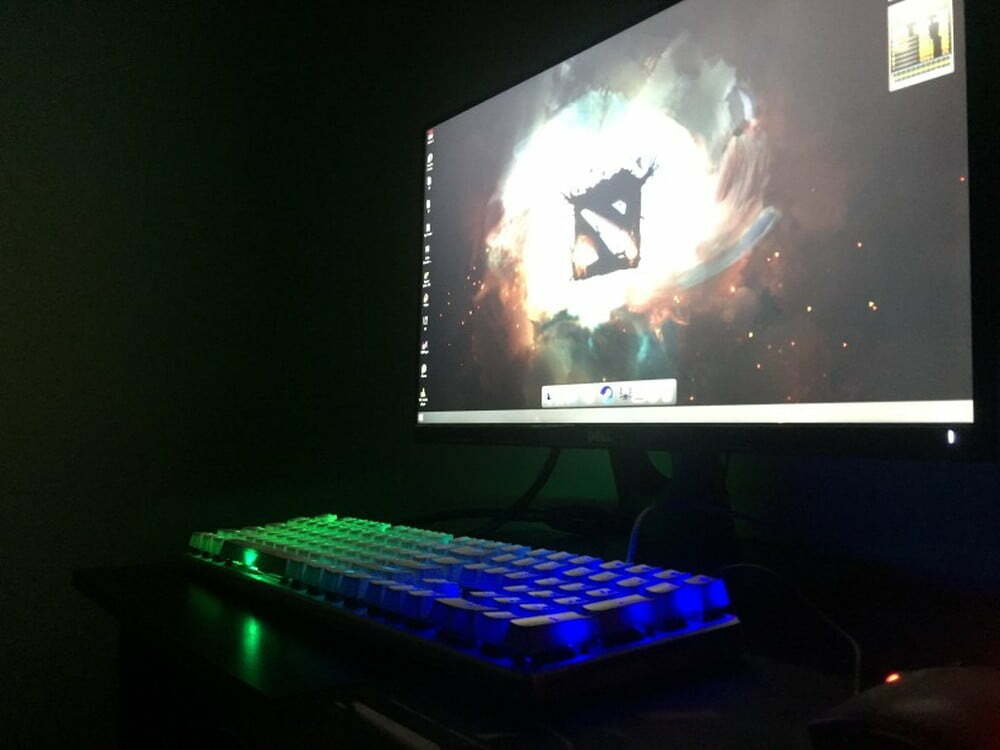

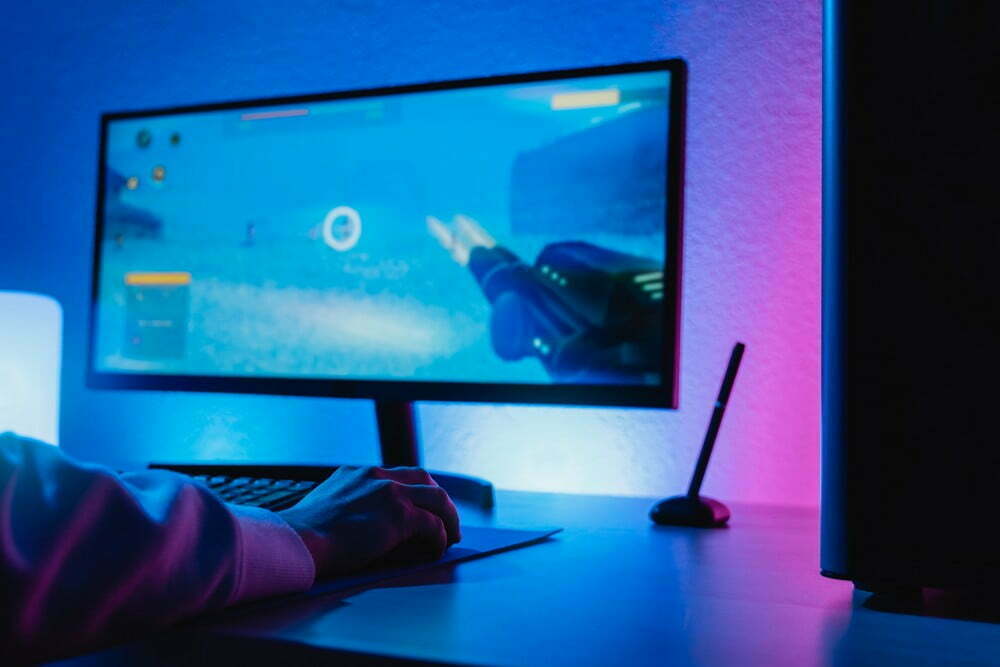

![Best 27 Inch Computer Monitor in [year] 27 Best 27 Inch Computer Monitor in 2026](https://www.gadgetreview.dev/wp-content/uploads/how-to-buy-the-best-computer-monitor.jpg)
![Best BenQ Monitors in [year] 28 Best BenQ Monitors in 2026](https://www.gadgetreview.dev/wp-content/uploads/best-benq-monitor-image.jpg)
![Best ASUS Monitors in [year] 29 Best ASUS Monitors in 2026](https://www.gadgetreview.dev/wp-content/uploads/best-asus-monitor-image.jpg)
![Best Dell Monitors in [year] 30 Best Dell Monitors in 2026](https://www.gadgetreview.dev/wp-content/uploads/best-dell-monitor-image.jpg)
![Best HP Monitors in [year] 31 Best HP Monitors in 2026](https://www.gadgetreview.dev/wp-content/uploads/best-hp-monitor-image.jpg)
![Best Lenovo Monitors in [year] 32 Best Lenovo Monitors in 2026](https://www.gadgetreview.dev/wp-content/uploads/best-lenovo-monitor-image.jpg)
![Best ViewSonic Monitors in [year] 33 Best ViewSonic Monitors in 2026](https://www.gadgetreview.dev/wp-content/uploads/best-viewsonic-monitor-image.jpg)
![Best Gigabyte Monitors in [year] 34 Best Gigabyte Monitors in 2026](https://www.gadgetreview.dev/wp-content/uploads/best-gigabyte-monitor-image.jpg)
![Best Monitors for PS4 Pro Gaming in [year] 35 Best Monitors for PS4 Pro Gaming in 2026](https://www.gadgetreview.dev/wp-content/uploads/best-monitors-for-ps4-pro-image.jpg)
![Best Monitor for Xbox Series X in [year] 36 Best Monitor for Xbox Series X in 2026](https://www.gadgetreview.dev/wp-content/uploads/best-monitor-for-xbox-series-x-image.jpg)
![Best Acer Monitors in [year] 37 Best Acer Monitors in 2026](https://www.gadgetreview.dev/wp-content/uploads/best-acer-monitor-image.jpg)
![Best MSI Monitors in [year] 38 Best MSI Monitors in 2026](https://www.gadgetreview.dev/wp-content/uploads/best-msi-monitor-image.jpg)
![Best SAMSUNG Monitors in [year] 39 Best SAMSUNG Monitors in 2026](https://www.gadgetreview.dev/wp-content/uploads/best-samsung-monitor-image.jpg)
![Best LG Monitors in [year] 40 Best LG Monitors in 2026](https://www.gadgetreview.dev/wp-content/uploads/best-lg-monitor-image.jpg)
![Best AOC Monitors in [year] 41 Best AOC Monitors in 2026](https://www.gadgetreview.dev/wp-content/uploads/best-aoc-monitor-image.jpg)
![Best Philips Monitors in [year] 42 Best Philips Monitors in 2026](https://www.gadgetreview.dev/wp-content/uploads/best-philips-monitors-image.jpg)
![Best Monitors For PUBG in [year] 43 Best Monitors For PUBG in 2026](https://www.gadgetreview.dev/wp-content/uploads/best-monitor-for-pubg-image.jpg)
![Best Stream Decks in [year] 44 Best Stream Decks in 2026](https://www.gadgetreview.dev/wp-content/uploads/best-stream-deck-image.jpg)
![Best Monitors for Streaming in [year] 45 Best Monitors for Streaming in 2026](https://www.gadgetreview.dev/wp-content/uploads/best-monitor-for-streaming-image.jpg)
![Best Monitors For Flight Simulator in [year] 46 Best Monitors For Flight Simulator in 2026](https://www.gadgetreview.dev/wp-content/uploads/best-monitor-for-flight-simulator-image.jpg)













